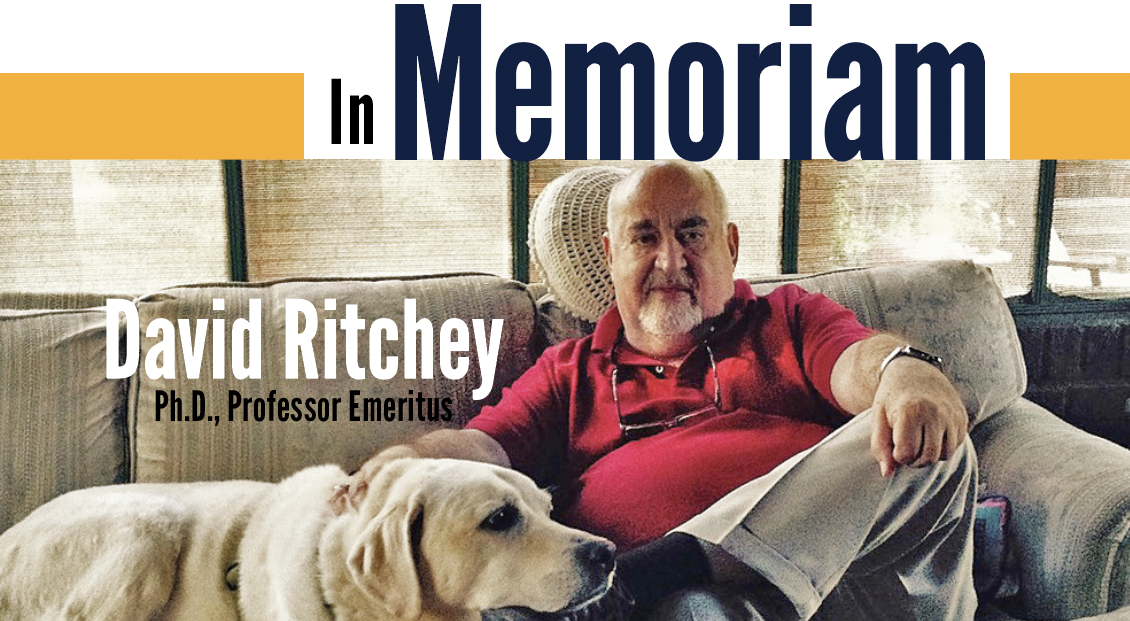Written by: DJ Johnson
This is not an article preaching at you to attend a football game this fall.
It is not an attempt to claim that a program that has struggled for the past two seasons is now worth ten Saturdays, a Thursday and a Tuesday of your time over the course of the fall semester.
It is certainly not a declaration that some type of postseason is likely, or even practical, for the guys with kangaroos on their helmets.
It is an effort to show that what the Zips are rolling out onto the field this season is something new. Now, new isn’t always better, but for The University of Akron it has provided a platform for hope and brought a different energy to a program that so desperately needs it.
At the conclusion of last year’s 1-11 season, it seemed as if something new was destined.
As with most sinking programs, the guys in Akron’s upper offices made a few changes in the offseason to right the ship in large part, to get your butt (and thousands of others’) into the seats at InfoCision Stadium.
A pessimist would say that they can now enjoy a brew while the Zips lose by 42, referring to the approval of selling beer at all home games. An optimist would point out that a new, energized coach patrolling the sidelines — Terry Bowde
returns to the coaching world with something to prove.
Bowden has stepped out of a decade in the broadcasting booth and a short stint at North Alabama, and into a program that needs to win. A program that needs to have people see them win.
With a last name like Bowden, a certain buzz exists that hasn’t for years. But the preseason victory has to be followed up with victories on the scoreboard if the initial buzz is to ferment.
In an era of rampant sports generalizations, it is a well known fact that Division I football is the driving force behind college athletics at almost every university that throws a team out there for 12 weeks a year.
What does that mean for Akron? Well, six consecutive losing seasons doesn’t necessarily help to boost the funding of the lower-budget athletic squads.
For example, a sport like cross country may rely on a share of football revenues for travel costs, apparel or general improvements.
The above paragraph can be wrapped up in a single sentence: the university needs people in the seats.
I recently heard a new student ask whether it was worth going to a football game. The overwhelming response from resident upperclassmen was “No, absolutely not.” Claiming that going to a game on this campus is some type of life-changing experience would be lying.
Truthfully, any college football game can drag on, and the few students sporting gold and blue at each of the six home games are often leaving at halftime in order to replace the buzz that they have lost since entering the stadium. If beers are $9, expect much of the same.
Simply, what has to change is that the definite “no” has to become a definite “yes.” Bowden has done a good job thus far. We all know that winning will undoubtedly help. An atmosphere won’t hurt.
Students like to tailgate, drink one or ten beers before kickoff, and spend time with their friends after having buried their heads in textbooks from Monday to Friday. It’s college.
In other words, there has to be some motive for students, parents and alumni to fill those seats.
The new has got that train rolling. We will see when it stops. Hopefully it doesn’t.






